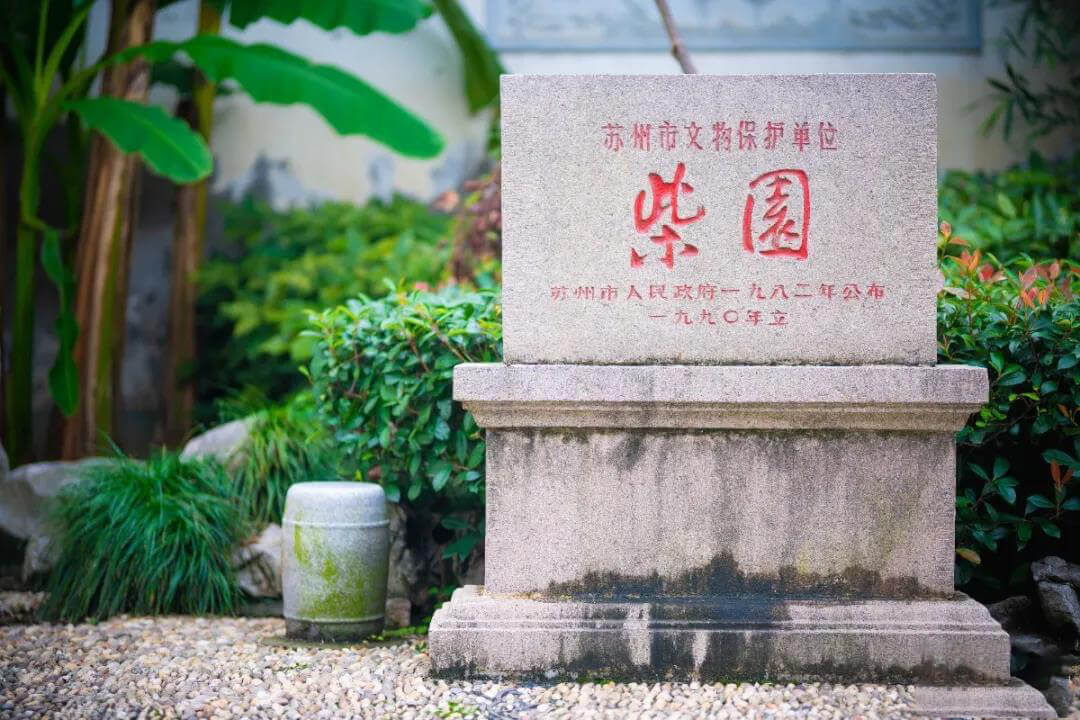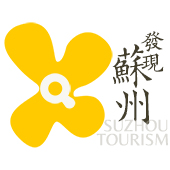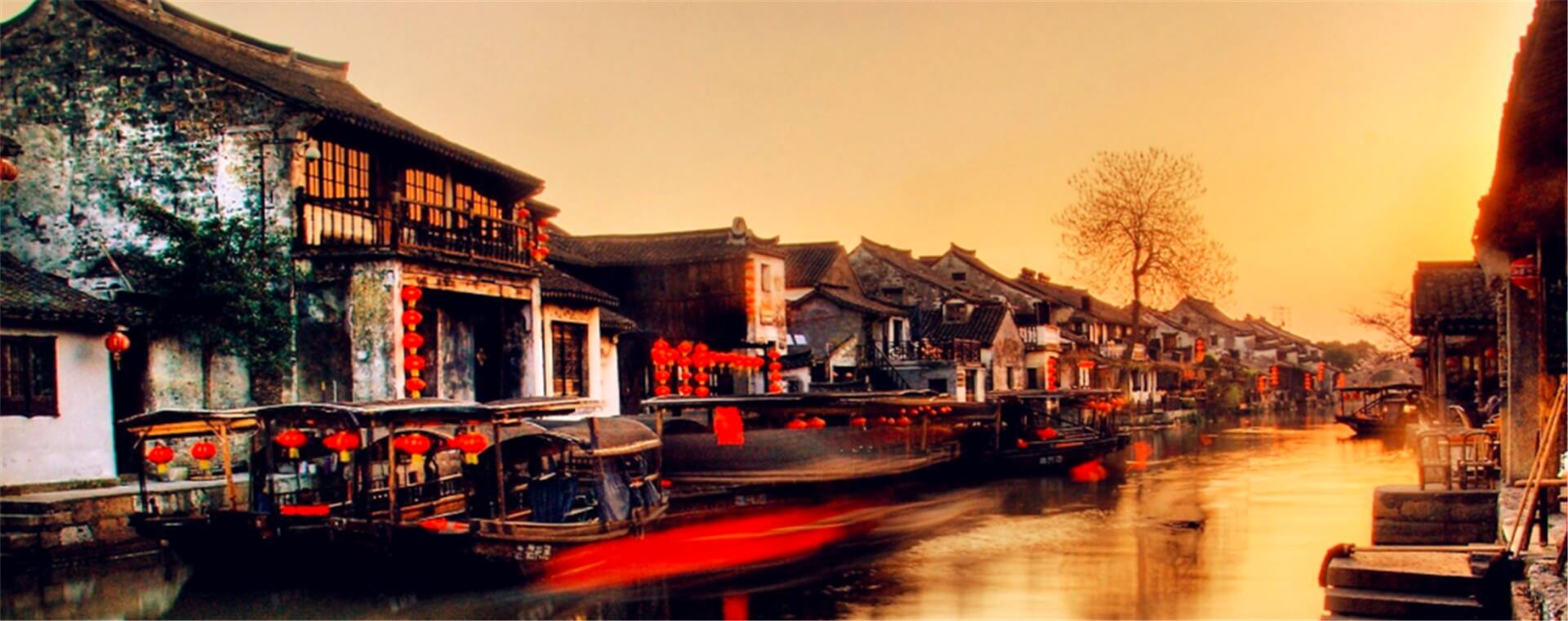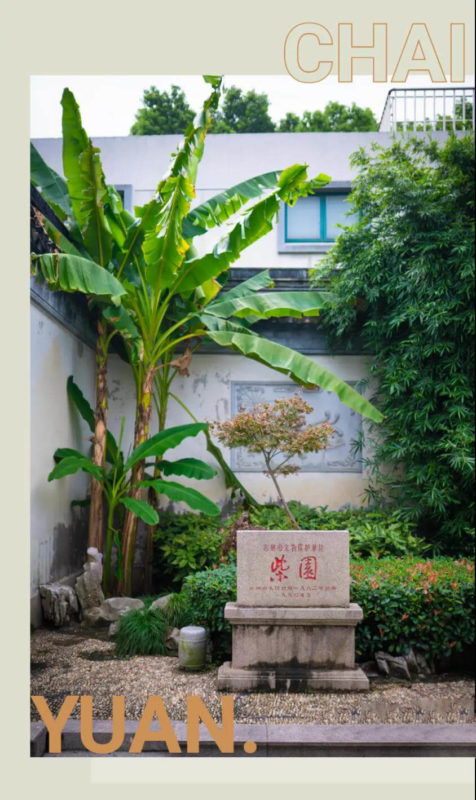
Vinegar storehouse lane is a very humble alley in the south of Suzhou. In the Northern Song Dynasty, a wine supervision hall was set here to build a vinegar storehouse, which contains vinegar.
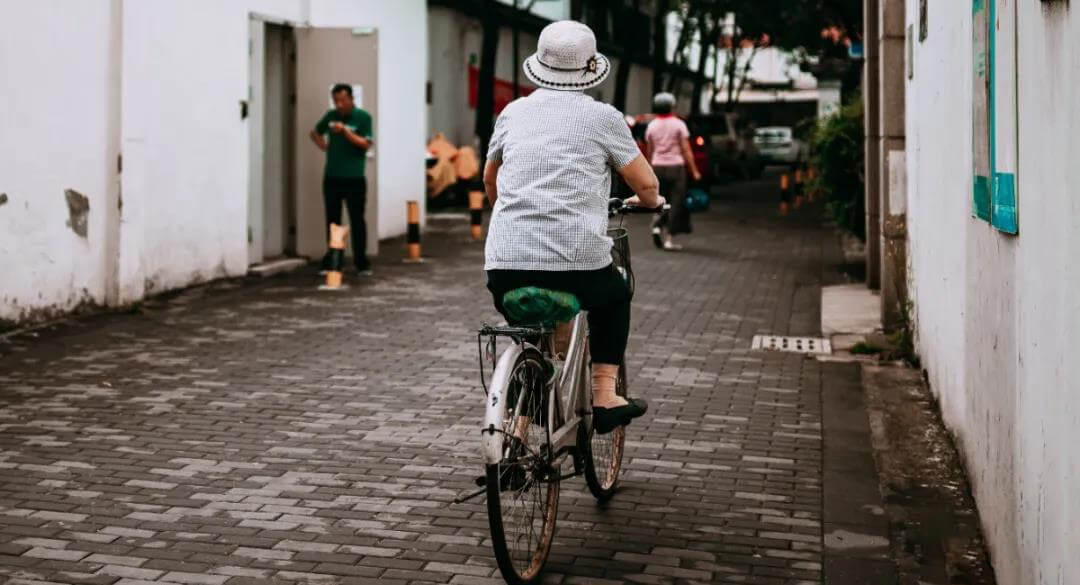
Today’s Vinegar warehouse lane like most of the alleys in Suzhou is full of ordinary Soviet-style people, and the sun grows slowly here. In such an ordinary alley, there is the most “cultural” garden in Suzhou – Chaiyuan.
No.1 A garden a story
The chaiyuan in history has changed its owners several times
Chaiyuan is located at No. 44, vinegar storehouse lane. It was built in the late Qing Dynasty. Only when it passes through the winding alleys and is contaminated with the smoke and fire of ordinary people can we see this deeply hidden minority garden.
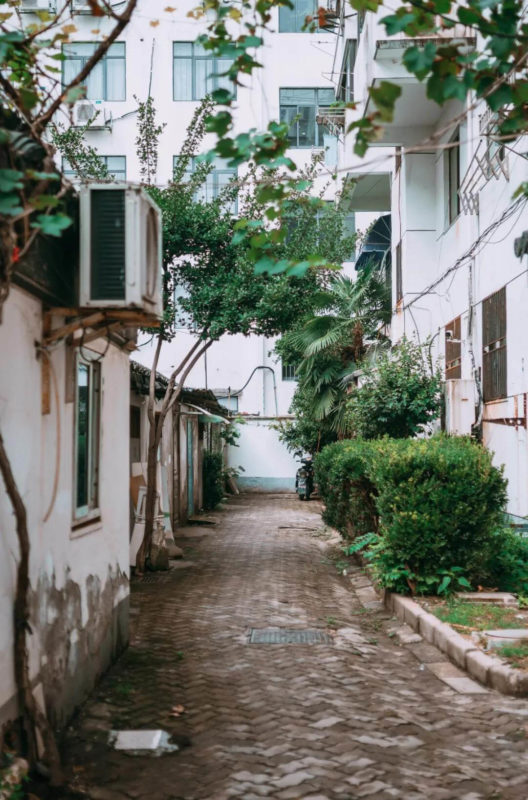
In the “garden city” of Suzhou, there are many large and small gardens, and famous ones are everywhere. Chaiyuan is not so prominent, and few tourists come specifically for her.
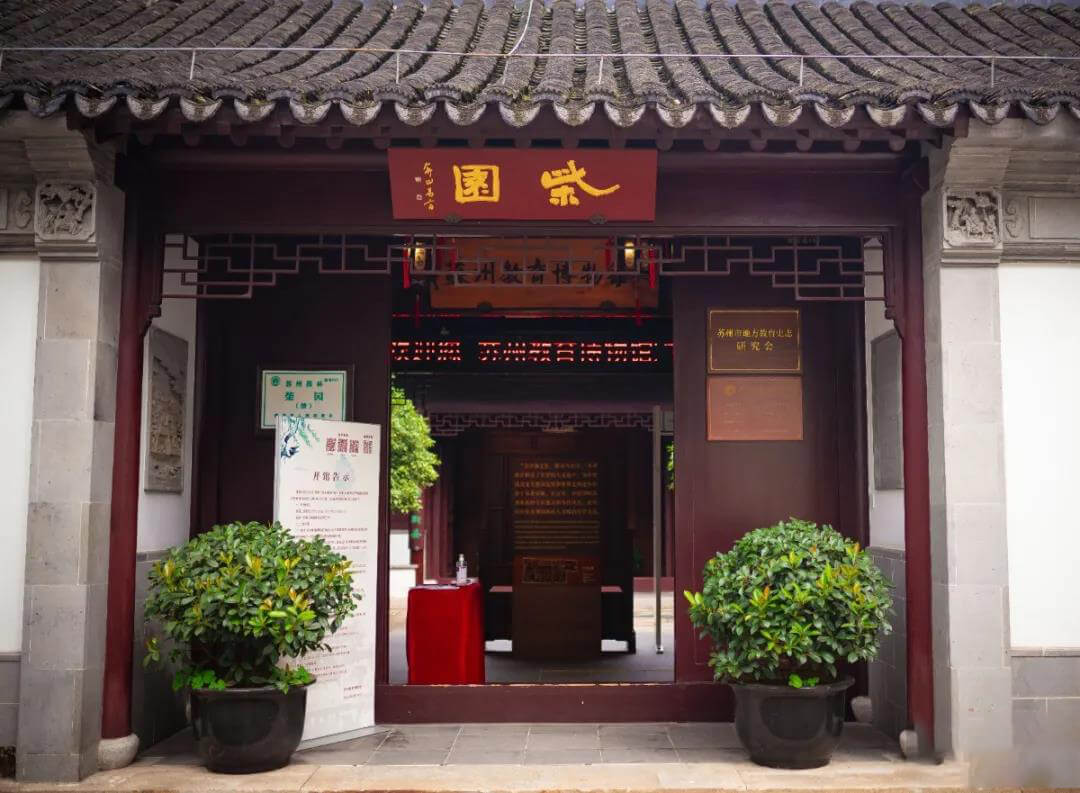
In the “garden city” of Suzhou, there are many large and small gardens, and famous ones are everywhere. Chaiyuan is not so prominent, and few tourists come specifically for her.
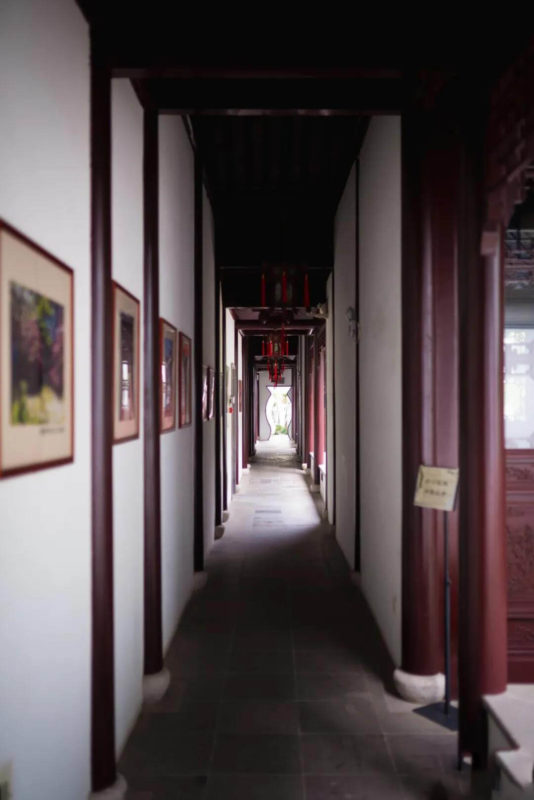
There is no garden without stories in Suzhou, and so is chaiyuan.
This garden has changed its owner several times. During the reign of Daoguang, it was the residence garden of Pan Zengqi, a member of the famous “Gui pan” family in Suzhou“ “Guipan” can be said to be a big family in Suzhou in the Qing Dynasty. Now when it comes to the famous families in Suzhou in the Qing Dynasty, you can’t get around the “Pan family”.
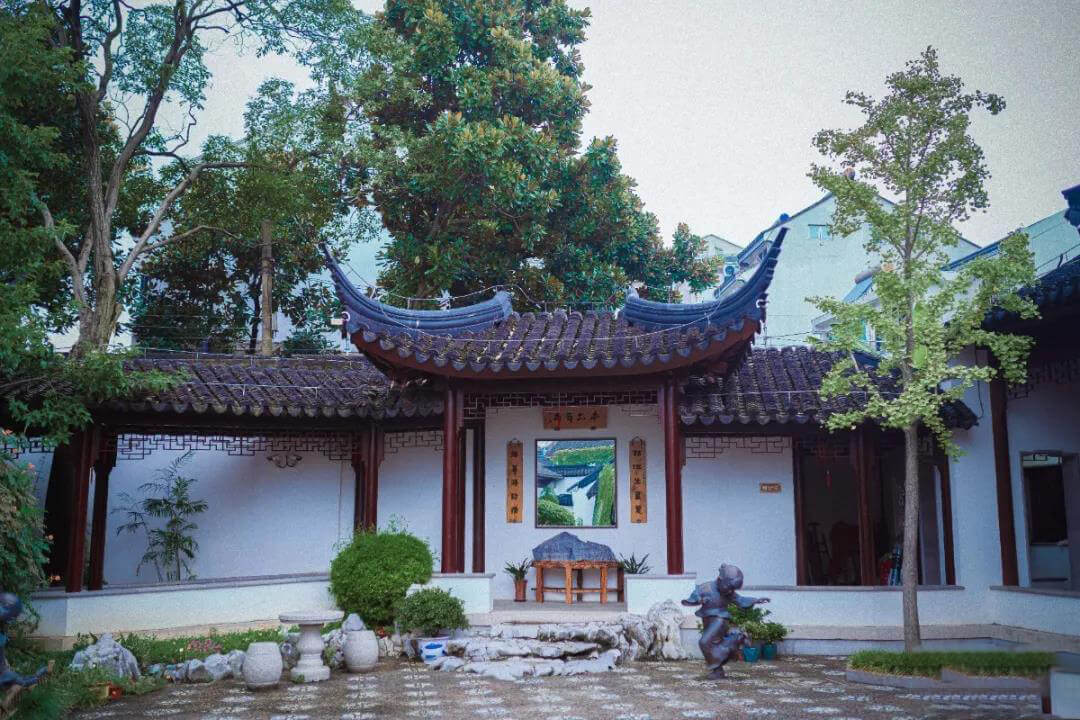
Later, the garden was bought by Chai Anpu from Zhejiang. He was an official in Tongli, Wujiang. Then, he settled in Suzhou bought the house, and rebuilt and expanded it. The name Chai garden also spread from that time.
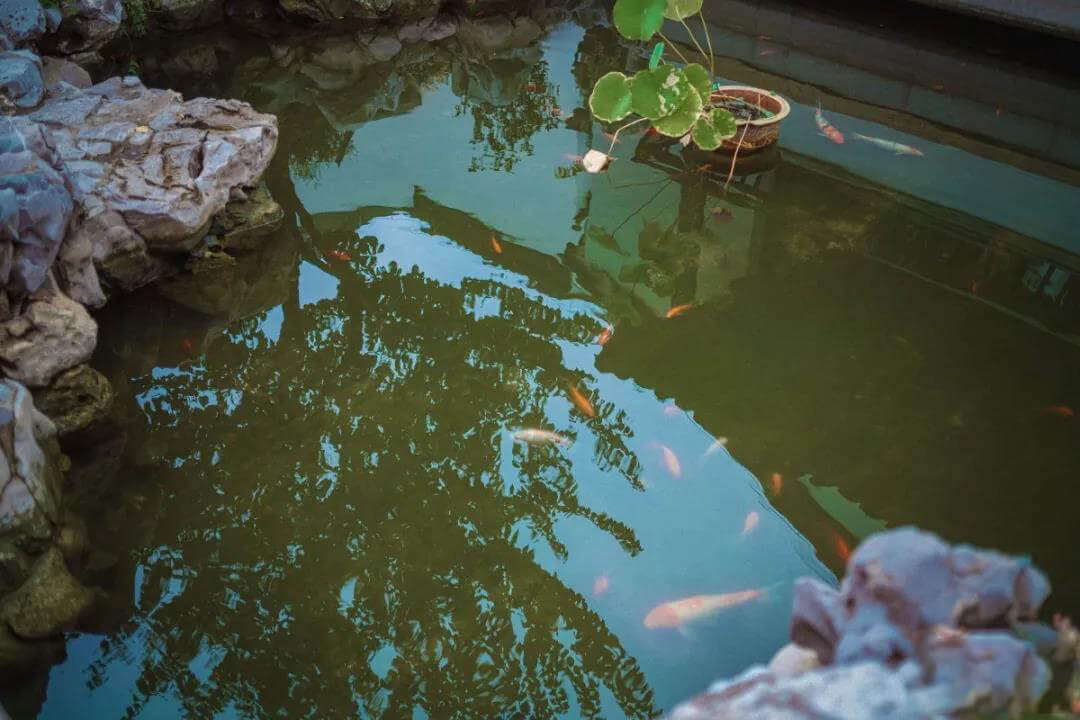
If you dial the pointer of time quickly, you can see that chaiyuan gradually scattered from private homes to residential houses, became the residence of the people’s Government of the Southern District, and then used by Suzhou school for the deaf and the dumb.
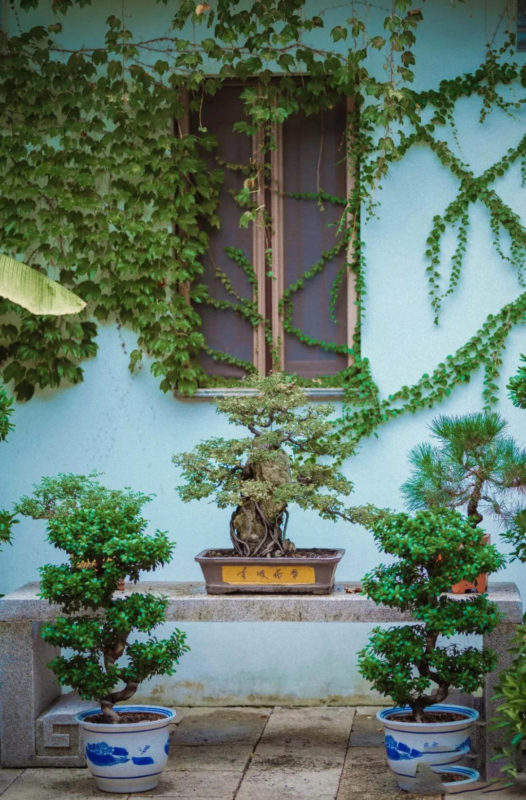
For a long time, chaiyuan also gradually changed its appearance. The North Hall was demolished and a three-story teaching building was built. When the school for the deaf moved out in 2010, the ancient buildings in chaiyuan still had mandarin duck hall, boat hall, waterside pavilion, curved corridor and half Pavilion, while only the hall building remained in the East.
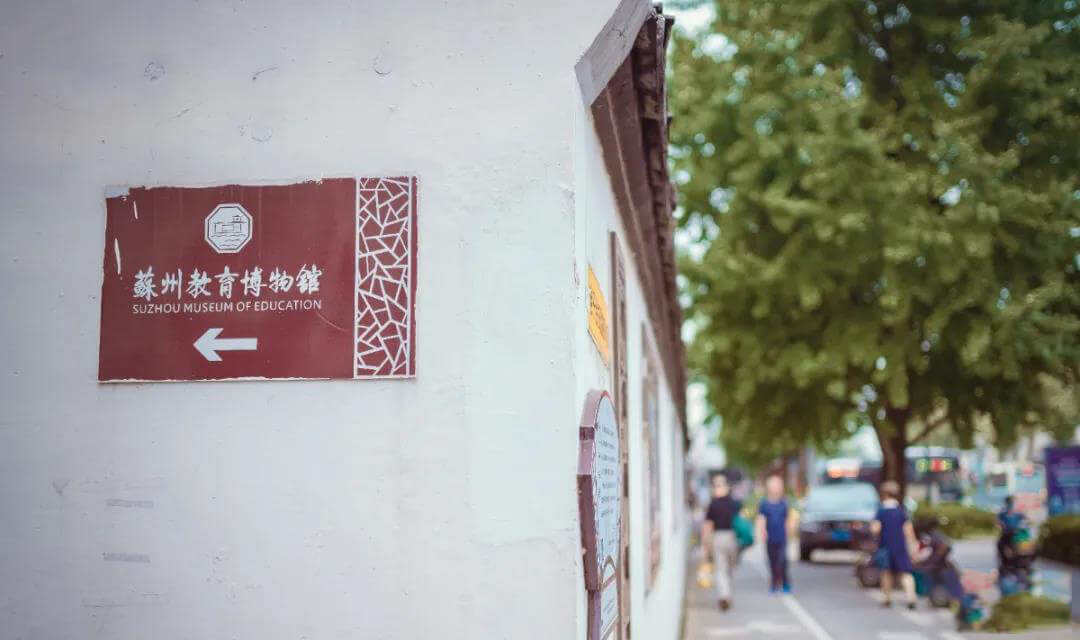
In 2012, chaiyuan was renovated on the principle of repairing the old as the old. After five years, this once private garden finally unveiled and appeared in front of the world, and also had a new identity – Suzhou Education Museum.
No. 2 Former private gardens
Suzhou Education Museum
After being repaired by professionals, chaiyuan has restored its elegant and simple posture, with quiet water pools and strange rocks. Here, you can not only enjoy the style of Suzhou gardens in the late Qing Dynasty, but also see the development history of Suzhou Education.
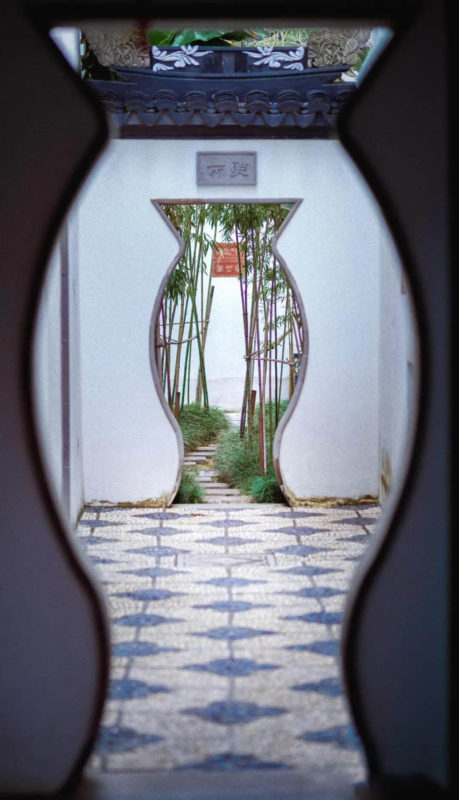
Chaiyuan maintains the consistent layout of Suzhou gardens, East residence and west garden. The hall once responsible for holding important ceremonial activities and receiving distinguished guests has now become a celebrity hall of the education Museum, displaying famous teachers and masters of Suzhou in past dynasties.
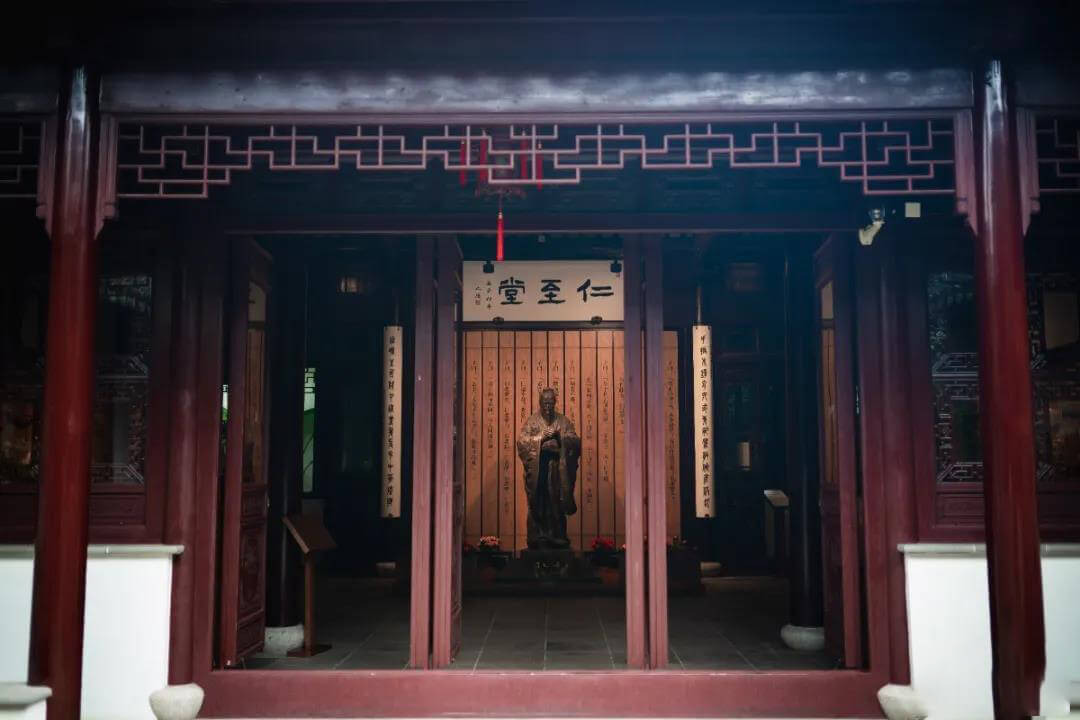
Standing outside the chaiyuan hall, perhaps you can imagine how it used to be a lively and interesting place.
Now a statue of Confucius has been erected in the wide hall, with the inscription “Renzhi hall” on it. On both sides are wood carving celebrity walls. Yan Yan, known as “Southern Confucius”, and Dan Tai, who gave lectures in Jielu, Fan Zhongyan, who founded the Confucian temple in Suzhou, as well as famous modern scholars Zhang Taiyan and Jin Songcen, have been engraved on it.
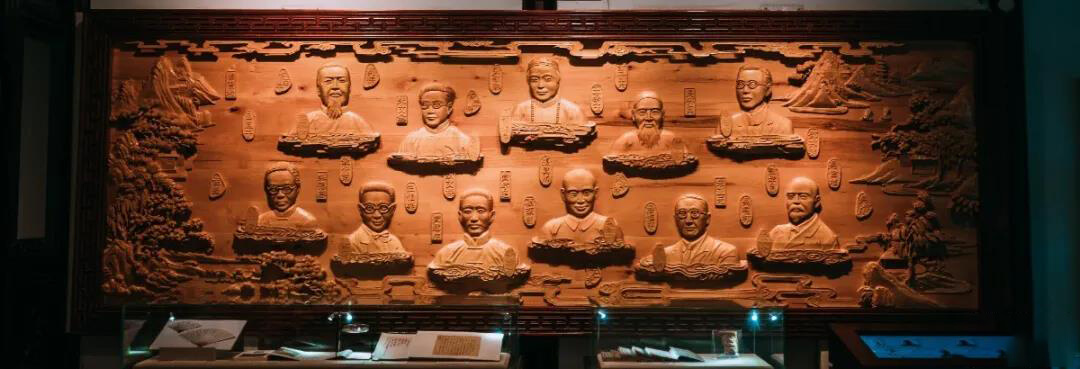
Further inside, there is the broadest building in the park, the mandarin duck hall. The mandarin duck hall is divided into North and South halls. The plaque “Wen Kai Wu meeting” is hung in the South Hall and “Dao Qi Southeast” in the North Hall. Now it is the ancient Museum of the education Museum, mainly showing the development of the ancient education history of Suzhou.
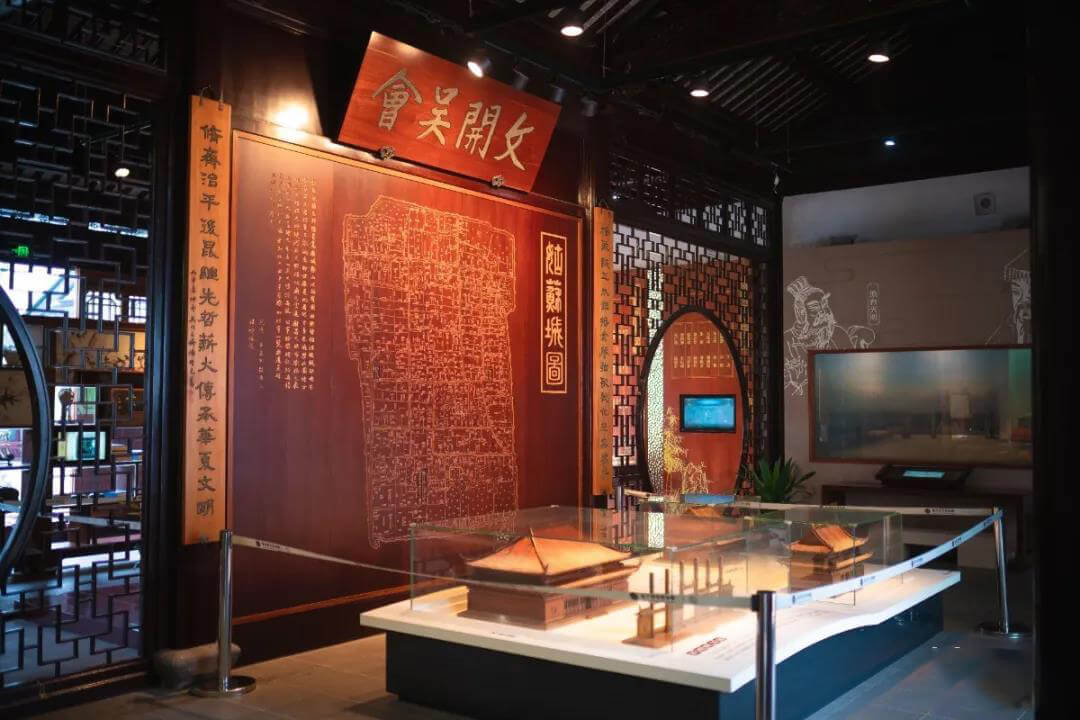
From Taibo’s founding of Wu to Yanyan biography and dantai lectures, to the birth of government schools, state schools, and county schools, and the popularity of academies, social studies, and private schools, these important events in the ancient educational history of Suzhou are slowly unfolding here.
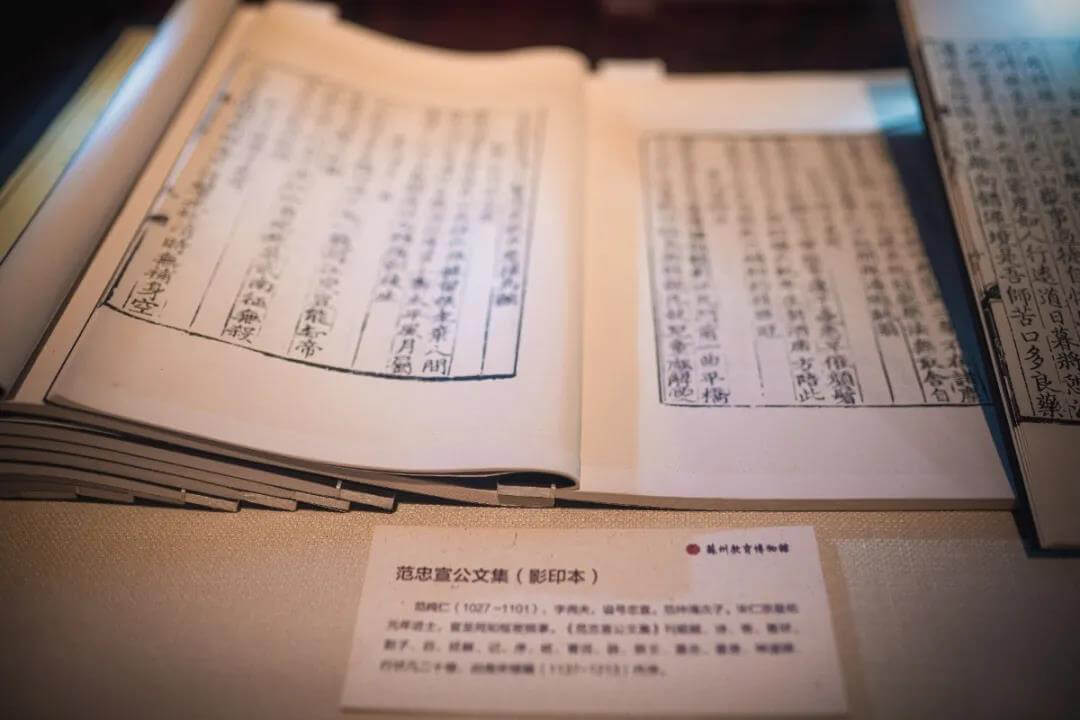
After leaving the mandarin duck hall, you can see the beautiful scenery of the Soviet-style garden. The quiet pool is the center of the small garden. The waterside pavilion and boat are located on the East and west sides. The pool is not regular. It has a natural feeling. There are stacked lakes and stones around it, surrounded by uneven trees, and a stone arch bridge connecting the north and the south, which is quite idyllic and natural.
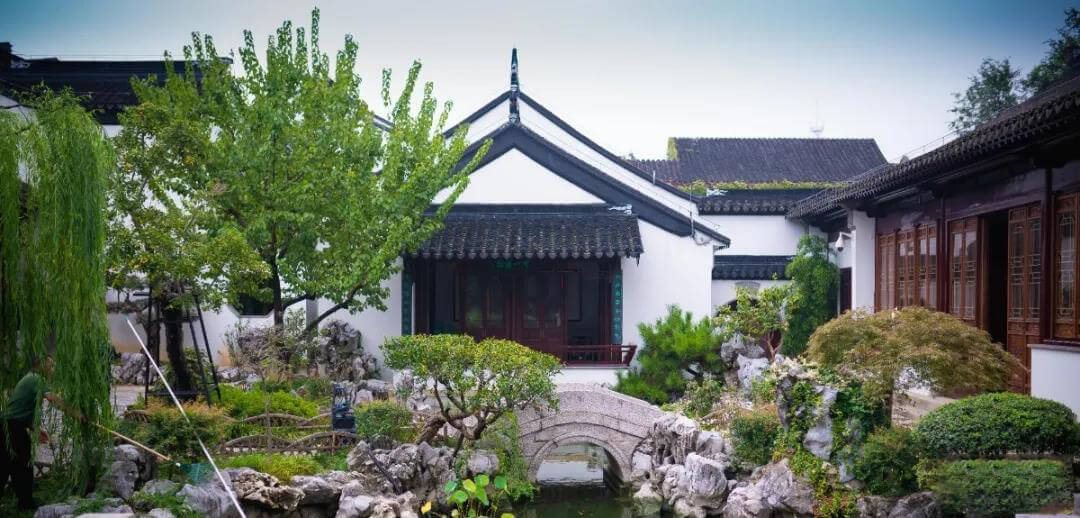
Boat is the most exquisite building in the garden. It is a typical “boat” structure, exquisite and meticulous.
The boat is facing the water on three sides, with an open Pavilion in the east at the bow and a two-story Xieshan attic in the stern. Just step on the boat and see the water waves in the pool, reflecting the surrounding mountain and stone buildings, setting off each other. The world is open and bright, and there is a sense of smoothness in your chest.
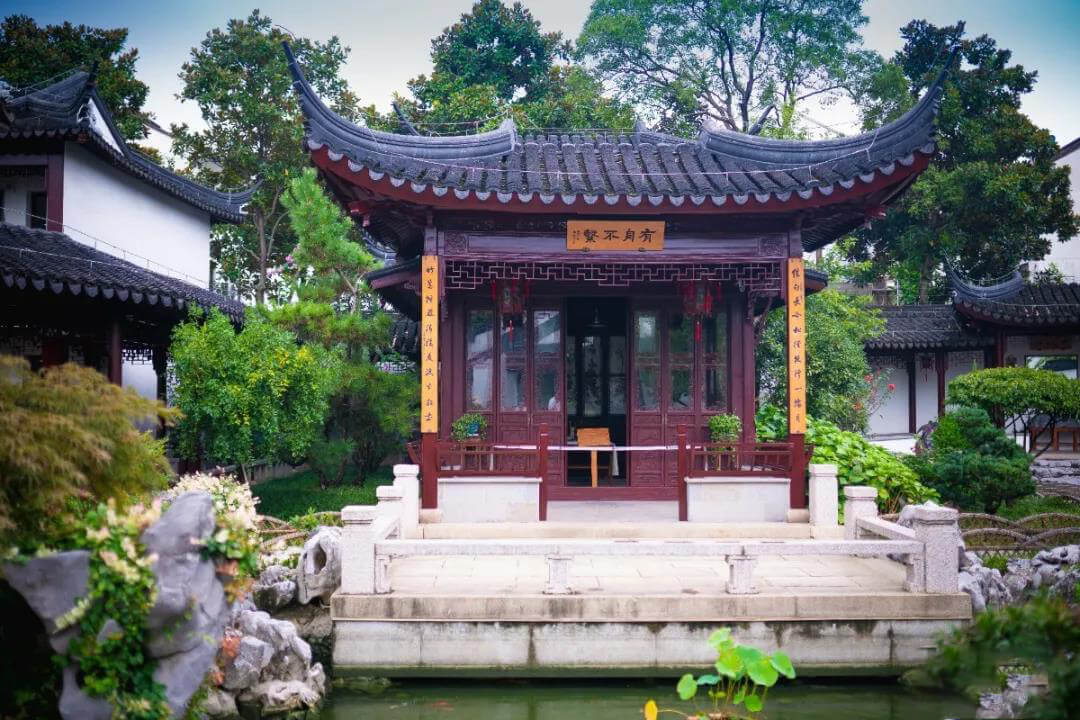
Perhaps at the beginning, the Pan family owner would not have thought that the house he once lived in a hundred years later would be integrated with Suzhou Education and become a special museum hidden in the alley.
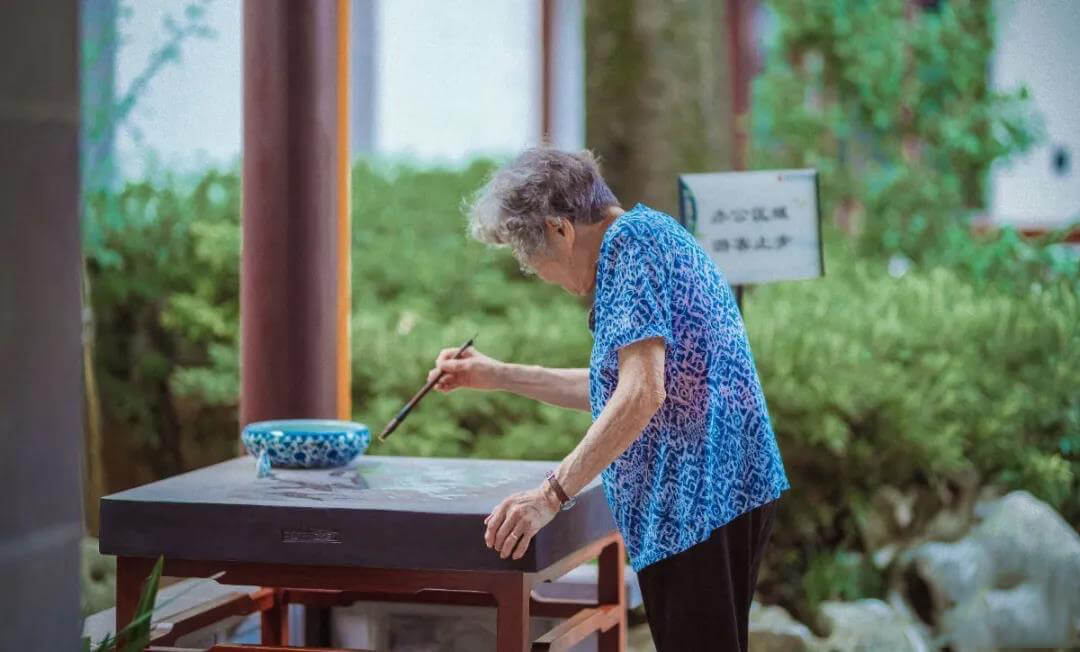
If you want to see a different Soviet-style garden, come to chaiyuan. It not only has the beauty of the garden, but also allows you to go through the times and touch the context of Suzhou Education.
